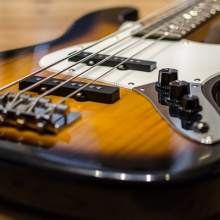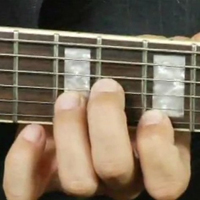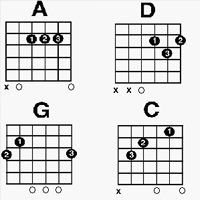Elements on Learning and Mastering a Guitar
There are only 3 essential elements on how to learn to strum your way through guitar lessons.
First, purchase your own guitar. Borrowing can bring so much fuss considering the fact that you might destroy or ruin somebody else’s guitar. If the price isn’t reaching the money at hand, go for something cheaper. Better yet buy a surplus. You could save a lot from buying a second hand guitar. Aside from its low price, it also reduces the anxiety of being used up in a couple of days. Hours of practice can bring about so much exhaustion on the part of the guitar.
Another element would fall under choosing the right guitar to play with. This would be influenced by your own judgment. How do you see yourself playing? Are you the sensitive or the hard core type of personality? Although a lot of guitarists started their career by playing the acoustic. Aside from its wide-range availability, an acoustic guitar is more trigger friendly than that of the electric. Why? Because you can play it anytime, anywhere you want to.
Last. Have someone listen to you. Sure you can learn on your own and there are a variety of resources to help you start playing but having someone stand by you and comment on how good or sloppy you are is a must. Improves your ability to work on those mistakes. Make it a point that he knows how to play so that when you fingers go out of its proper strings, that person can correct you. Furthermore, he can teach you techniques that books and online tutorials can’t provide.
After you have all these elements packed together, you can now sit down and engage on strumming. How would you get it started and master without anybody’s assistance? Easy.
1. You have picked the right guitar. Upon handling your guitar, you must see to it that it is placed on a comfortable position. Basically, the sitting position would do. Rest the base of the guitar on your right thigh, your left fingers must support the other end of the strings and are responsible for tuning and for changing of notes. While the right hand fingers are used for strumming and plucking. This creates proper body mechanics. Remember to maintain good posture to avoid muscle straining.
2. Reach each step on your reference carefully. Follow its course. Memorize the ABCs. Each chord and note has its own fingering. Try to play slowly and focus on the easier basic patterns. Once you have mastered the basics, you can progress to the harder ones which contain frets and power chords.
3. Have a couple of songs to play with. For beginners, pick a song that only repeats four or five easy chord sequences. A typical example is Lifehouse’s “You and Me”. It’s just a repetition of four chords namely G, C, E-minor, and D.
4. Sing while you’re playing. This helps a lot by setting the mood for inspiration and staying attuned with the proper melody. Singing along can also help you determine if you’re strumming the right chords or if you’re out of tune.
5. Be patient! Never give up on yourself. You have to be determined even though you’re on the verge of giving up. If you develop blisters, it’s a sign of good, dedicated practicing.
Be the master of these steps. Handling a guitar is not hard if you have the proper and positive attitude.



